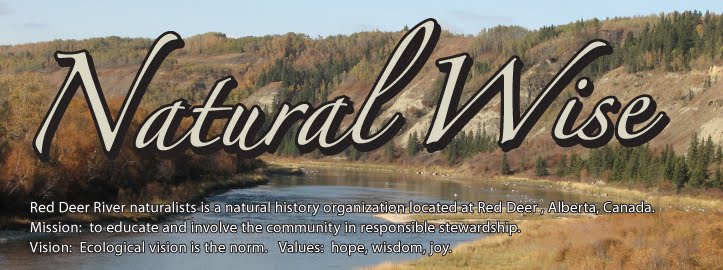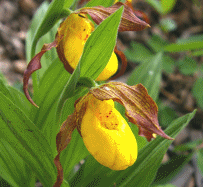
Earlier this week on Mar 15, I was out at 10:30 AM and heard Canada geese calling. It took a minute or so and then I spotted a small flock of geese winging their way north. It's rather striking to hear the geese after the long winter months when the skies have been quiet.
photo Bill Heinsen
So to me the geese returning is a wonder...new, surprising, refreshing , hopeful. I've had this same experience for close to 70 years , but it always brings excitement as spring is one step nearer and more of our feathered friends will be appearing in the coming days. The very next day , Mar 16 I heard crows and it didn't take long and the crows appeared.
Many of the geese flying in now will probably continue moving north. They may find an area suitable to feed and rest for few days. Some no doubt will stay as they identify a past nesting site. When I lived on the Mackenzie delta in the early sixties, the lake ice would be covered with geese long before any amount of thawing took place. The geese remained on the ice for weeks. Aboriginal hunters took advantage of this situation and had a spring goose hunt. Decoys were used and the hunters were camoflaged in white. Many geese were taken at this time for a food source which provided some variety .
So I'm always pleasantly surprised when I hear the first clear calls of Canada geese returning in the spring.




